Sharpening is the key issue for using hand tools for wood work. If you cannot sharpen, then hand tools will not perform for you. Sharpening is a simple task. It is pretty easy to get an extraordinarily sharp blade. It does not take long to sharpen a tool, and it does not require years of apprenticeship to learn how to do it.
It may take a bit of unlearning however. There are a few thing that TV and movies may have taught you wrong. Kind of like holding a gun sideways to shoot like a gangsta, is stupid in real life. So there is some movie physics, that needs to be unlearned if you are going to be able to sharpen well.
If you push down hard when putting a fine edge on a blade, you will deform the thin edge, and not get a sharp blade. Dramatic stropping, sharpening and grinding only works on the screen. In real life, pressure on the edge will flex it. This can and will prevent a blade from having a precise angle or a keen edge. Too much pressure, eats up the grit you sharpen with quickly, as well,
When sharpening it is important to have a clear idea of the sort of blade and edge you are trying to produce. This can be a bit complex as there are critical trade offs in every configuration and woodworkers wiser and more experienced than I can get into heated debates over those trade offs. I drew a few images to make things more clear.
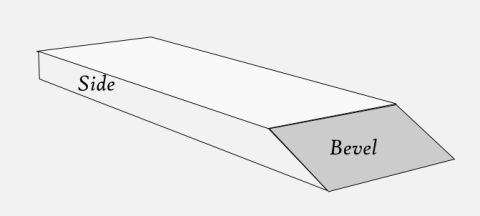
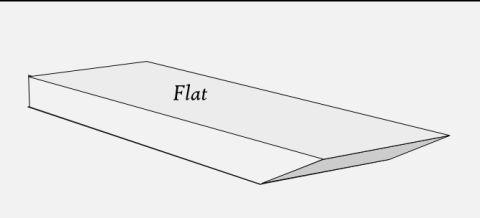
A keen blade is one where the flat and the bevel intersect without distortion or curve.
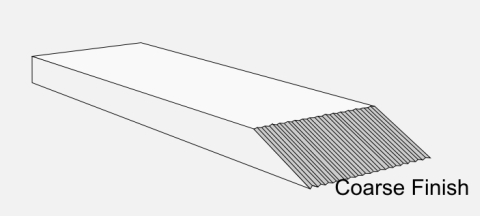
A coarse finish is not as strong as the jagged extensions on the end of the blade can break more easily. They are not supported as well. This is not considered to be keen.
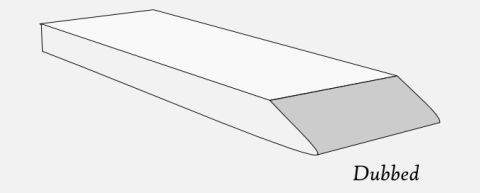
A dubbed edge will not cut as well, it is not as keen, and since the angle bends, it is not as sharp due to keen and angle. Dubbed edges are strong, but since they take more force to do less work, they wear just as much if not more than a sharp edge.
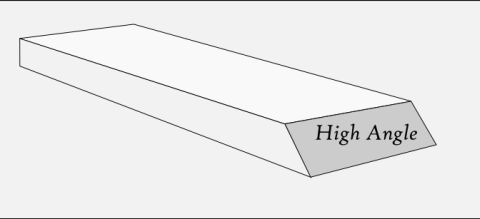
A high angle blade is not as sharp, but it still should be keen. A high angle blade is stronger and more rigid. A high angle blade will not tend to deflect so for some applications a high angle blade is quite valuable.
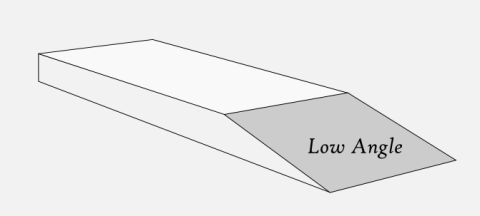
A low angle blade is sharper. It is not as strong and it can dull faster. It will cut with less effort and in many cases will cut more smoothly. If you scrape with a low angle blade, you will damage the edge quickly.
Concave bevels can be quite useful.
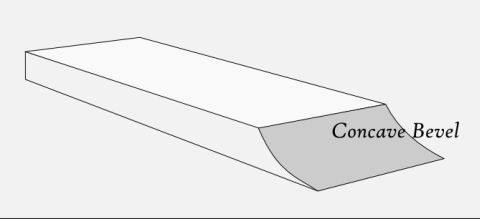
Concave bevels are usually made on a grinding wheel. They are easy and quick to sharpen, and have a great clearance angle for work. They can do a very good job cutting. They are often weaker and will deflect more that a flatter bevel will.
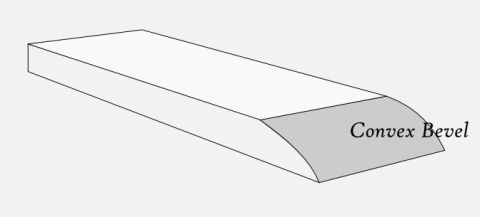
Convex bevels are very strong and very durable. They are not as keen. They are usually made by poor sharpening proceedure, or lots and lots of honeing freehand. Generally convex bevels are something to correct.
In any case the bevel heel and the majority of the bevel should be flat or or concave.
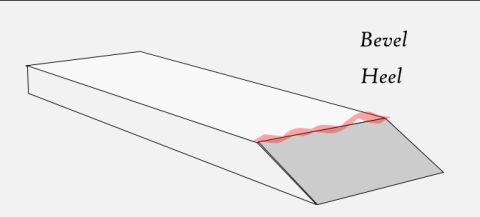
I personally prefer for the bevel on a blade to be entirely flat and the flat of the blade to be entirely flat. There are however a lot of very fine craftsmen and wood workers who like to make the Bevel toe, a bit convex by putting a micro bevel at the toe.

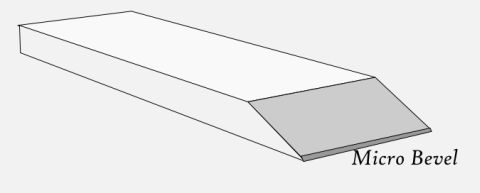
Some will put a micro bevel on the flat side of the blade. Some will micro bevel both the bevel and the flat.

Micro bevels are stronger and more durable. If managed well, they can extend the life of a blade through multiple sharpenings. They can also speed up sharpening. Micro bevels are a very effective way of dealing with feather edges, a result of sharpening, on blades. Most safety razors are microbeveled, twice. On the down side, few people will take time to keep track of their micro bevels. Without good managment, microbevels tend to shorten the life of a blade. Micro bevels increase blade angle, so the cutting edge sharpness is reduced. Micro bevels are less strong than a blade that is entirely flat at the same angle as the micro bevels final edge.
In the last installment of this series on sharpening I plan to discuss how to quickly and reliably produce a good micro bevel, but the main thrust of this series will be how to make the flat, and the bevel, flat planes that intersect at a keen edge.
Bob
Sharpening Tools, Part 1, Part2, Part 3, Part 4, Part 5, Next part is Part2
 A page Dedicated to My Writing
A page Dedicated to My Writing
coarse of course
Thanks, R, free editing is always welcome!
Bob